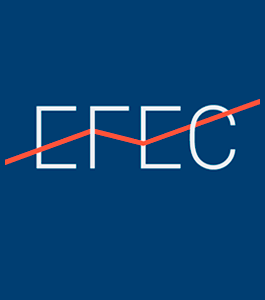Financial literacy has received increased attention since the global financial crisis and the literature confirms that it is correlated with higher household well-being. In parallel, financial education programs have grown in popularity and an increasing number of countries are developing national financial education strategies and making more investments in related programs. However, the evidence from field experimental research linking financial education interventions and household financial outcomes in developing countries provides mixed results. New findings from recent experiments suggest that well designed and targeted training programs can indeed be successful in increasing formal savings and promoting responsible financial behaviors.
Financial literacy has received increased attention since the global financial crisis underlined the importance of financial knowledge for consumers. Evidence suggests that individuals took on financial products without clearly understanding their characteristics, including, above all, their risks. Results by Lusardi and Mitchell (2014) confirm that around the world, more than five years after the crisis started, people have alarmingly low personal financial management knowledge and skills. While financial literacy in the developed world can be crucial in avoiding financial risks, it can also be key in the developing world that is for benefitting from the recent global efforts to increase financial access. Indeed, access to finance helps to equalize opportunities and reduce inequalities, thus increasing the range of services and credits available to household and enterprises; while bank accounts offer privacy, decreased risk of theft, and reliability to individuals who want to save.
Evidence on financial literacy from developing countries
A growing literature suggests that greater financial literacy is correlated with higher take-up rates of financial products, greater household well-being, and better retirement planning. For example, Honohan and King (2009) show a positive relationship between financial knowledge and the use of financial products and services in Africa. Likewise, in Colombia and Mexico, Bruhn and Reddy (2014) find that higher financial capability is related to a higher probability of using formal financial products (bank accounts, credit cards, or bank loans). Comparable findings come also from the literature on micro-insurance. For instance, Giné et al. (2008) suggest that, in rural India, lack of product understanding is one of the most important reasons rainfall insurance is not purchased.
Evidence from Chile illustrates that financial literacy is correlated with individual wealth (Hastings and Mitchell, 2011 and Behrman et al., 2012) and retirement planning (Landerretche and Martinez, 2013). In Mexico, more financially literate individuals were more likely to choose pension accounts with lower administrative fees (Hastings and Tejeda-Ashton, 2008) and, in China, individuals learning about interest compounding increased their pension contributions (Song, 2013).
Evidence on financial education interventions
These findings suggest that financial knowledge leads to responsible financial behavior, thus contributing to the growing popularity of financial education programs. According to the 2014 World Bank Global Financial Development Report, a survey of financial sector practitioners around the world (central bankers, finance ministry officials, and academics) showed that 78 percent of the respondents considered the lack of financial knowledge to be a major barrier to financial access among the poor. Correspondingly, most chose financial education as the best policy option to improve the access of low-income borrowers to finance.
Lee el artículo completo en DIW Berlin


